Health Foods Worth the Price Tag
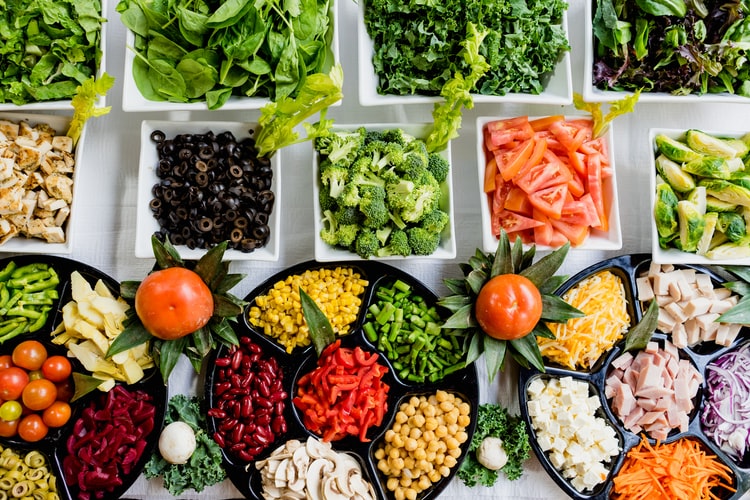
As people age, they tend to focus more on healthy eating. Food is often less about what tastes good and more about what fuels the body — not that people give up on taste, just on eating whatever, whenever. However, eating healthier often can feel like a veggie thief waiting to clean your wallet.
Healthy foods can be expensive, primarily when you rely on grocery stores for everything, even those with a DIY solution. Some examples include:
- Kale Chips
- Almond Butter
- Unsweetened iced tea
- Bagged popcorn
- Muesli
Nevertheless, some healthy food is worth the price tag at the local market. There are at least five foods that are worth buying in the store because of their health benefits.
1. Avocados
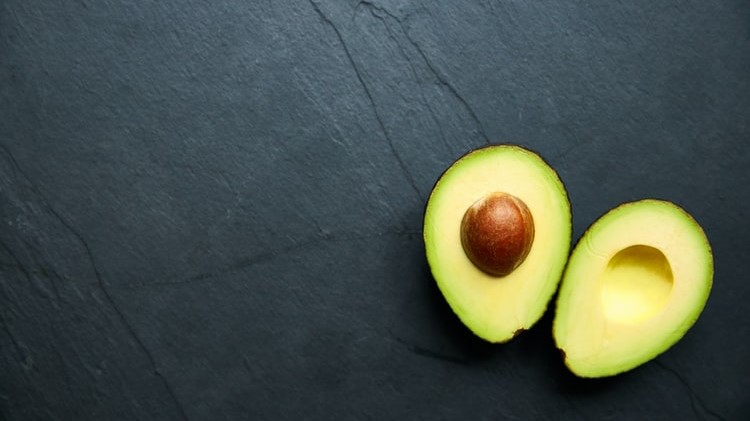
Costing anywhere between one and five dollars per fruit, avocados are expensive. The cost, however, is worth it as the fruit provides nearly 20 different minerals, vitamins, and phytonutrients. In fact, avocados are a good source of vitamin K, folate, fiber, copper, and pantothenic acid — five essential nutrients.
While it is possible to produce avocados at home, it will require significant time and patience unless you already own a mature avocado plant. If you start from a seed, the plant will take between five and 13 years to mature enough to bear fruit. Because of the timeline, most people prefer to buy avocados from a producer or grocer.
2. Pistachios
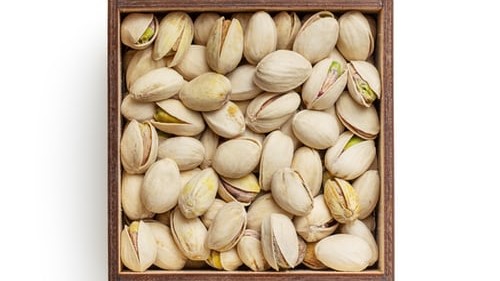
Pistachio nuts are among the healthiest nut varieties on earth. These nuts are proven to help regulate cholesterol, blood pressure, and blood sugar. The healthy unsaturated fatty acids also contribute to the nuts' anti-inflammatory characteristics, and according to some research, pistachios might even help prevent cardiovascular disease.
Growing a pistachio tree is possible, but the cost and maintenance are unrealistic for most people. Because of the upkeep and other potential problems, it is financially impractical to invest in the plant rather than buying the nuts at a store.
3. Saffron
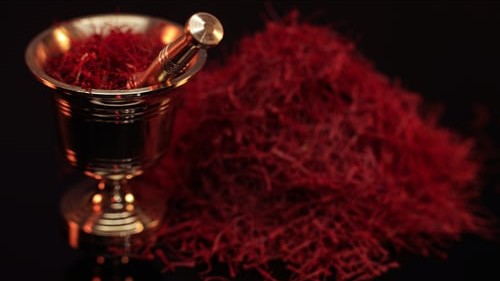
Saffron is a reasonably common spice, and it is proven to have several nutritional benefits. It is shown to have numerous antioxidant and anti-inflammatory advantages and is a helpful tool in weight management. The tasty spice can also increase circulation and oxygenation in the blood, resulting in lower blood pressure.
Because the spice must be hand-harvested from the crocus flower one thread at a time, it is one of the most expensive spices in the world. However, the nutritional benefits make it worth every penny, especially if you like to cook.
4. Sweet Mini Peppers
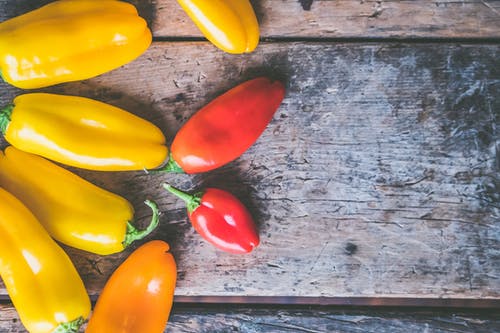
Sweet mini peppers are a nutritional delight. You can eat them raw or cooked without hindering their nutritional value. The tiny peppers provide 270% of the RDA of vitamin C, meaning they offer more than twice the punch of a whole navel orange. Additionally, mini peppers contain fiber, potassium, vitamin A, and several other micronutrients. While you can grow your own pepper plants, you don’t need many of these in your diet, making a store purchase preferable.
5. Kelp, Sea Moss, and Seaweed
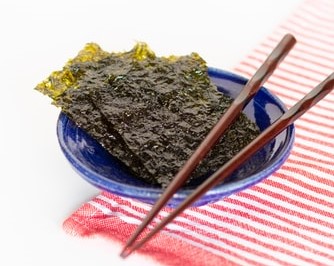
Not many people think about kelp or seaweed as health foods, but they offer plenty of nutritional advantages. For example, sea moss contains vitamins B12 and B2, zinc, and calcium. Seaweed is an excellent source of protein and iron, and vitamins A, B, and C. Finally, kelp is one of the best natural sources of iodine and vitamin K.
While expensive, all of these five foods are worth the price tag, especially if you are concerned about your diet. Do you know of any other foods that should be included on this list? Leave a comment.
